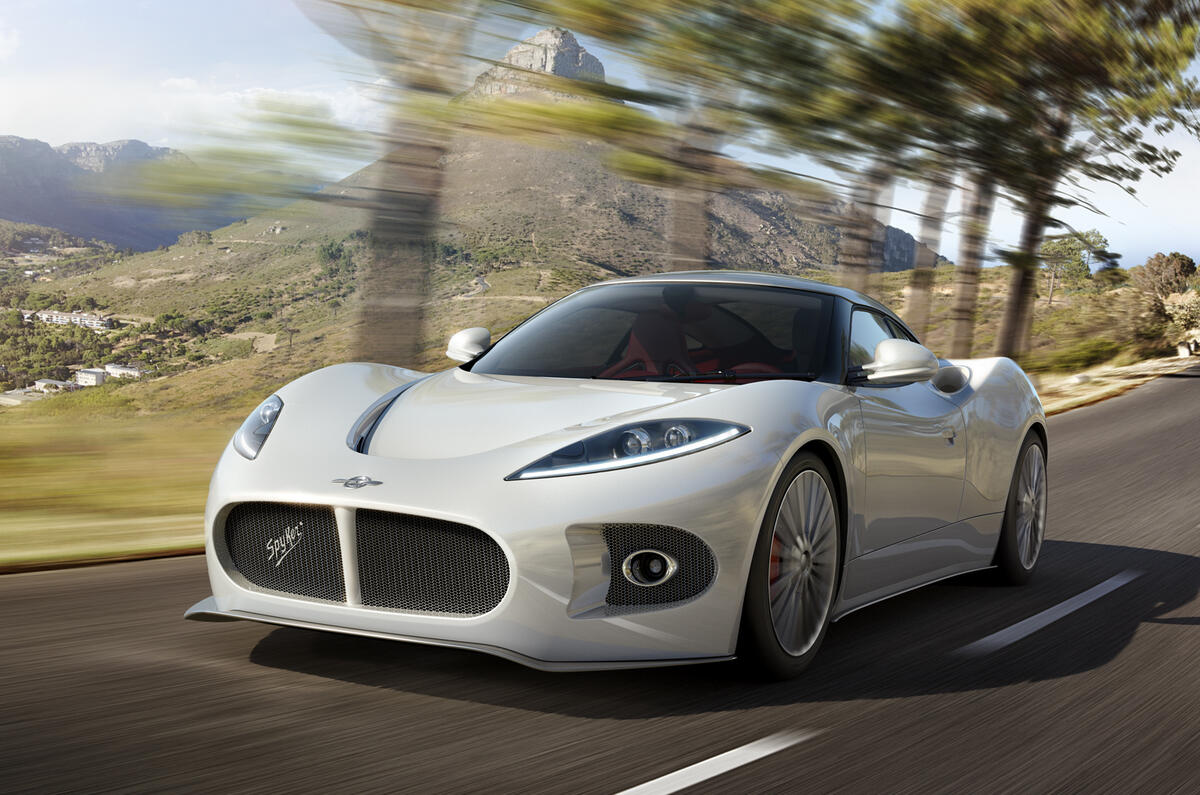Dutch sports car company Spyker is pressing ahead with plans to merge with an American aircraft manufacturer and build electric cars after emerging from its financial crisis.
Spyker today confirmed that it has exited moratorium of payment – a procedure that allows a company to continue operating its business and managing its assets in the ordinary course of business while at the same time restructuring. It has been in that process for almost eight months.
Spyker chief executive officer Victor Muller said: "We have gone through a very rough patch during the past year, going from moratorium in early December 2014 to being declared bankrupt on 18 December, subsequently filing an appeal of that decision, winning that appeal on 22 January 2015 and returning to moratorium as a consequence.
“After winning a long legal battle with just one creditor, we have now finally succeeded in exiting moratorium and we are back in business as a healthy, debt-free enterprise. In the coming weeks we will finalise the agreements with investors which were held up for over two months by the protracted litigation.”
Spyker is merging with Volta Volare, a maker of electric aircraft based in Portland, Oregon.
“We look forward to a bright future for the company I founded 15 years ago and which is now set to build sensationally elegant and classy electric motor cars and electric planes for decades to come,” said Muller, who added that Spyker currently has around 250 vehicles on the roads.
Spyker has endured a chequered history. It's recent problems began late last year. The company was been handed a lifeline after a court decision to declare the company bankrupt was overturned on appeal. In December the troubled Dutch manufacturer filed a voluntary petition for protection from its creditors while it "addressed short-term operational and liquidity challenges".
Company chief Muller expected to receive an injection of funding, but when this was not forthcoming, a Dutch local court appointed an administrator in charge of Spyker's affairs.
In the days following the bankruptcy ruling, the extra funding did arrive, and Spyker lodged its appeal against bankruptcy.
The appeal was upheld, meaning Spyker was put back into the temporary moratorium of payment procedure.
In Spyker's latest statement, there's no word on whether the company will press ahead with the planned introduction of its B6 Venator entry-level luxury sports car. The B6 Venator, a mid-engined 375bhp V6 sports car, was revealed in £125,000 coupé form at the 2013 Geneva motor show, and as a £135,000 convertible later that year.








Join the debate
Add your comment
But really, who cares?
Spyker
Poorly Managed
I agree